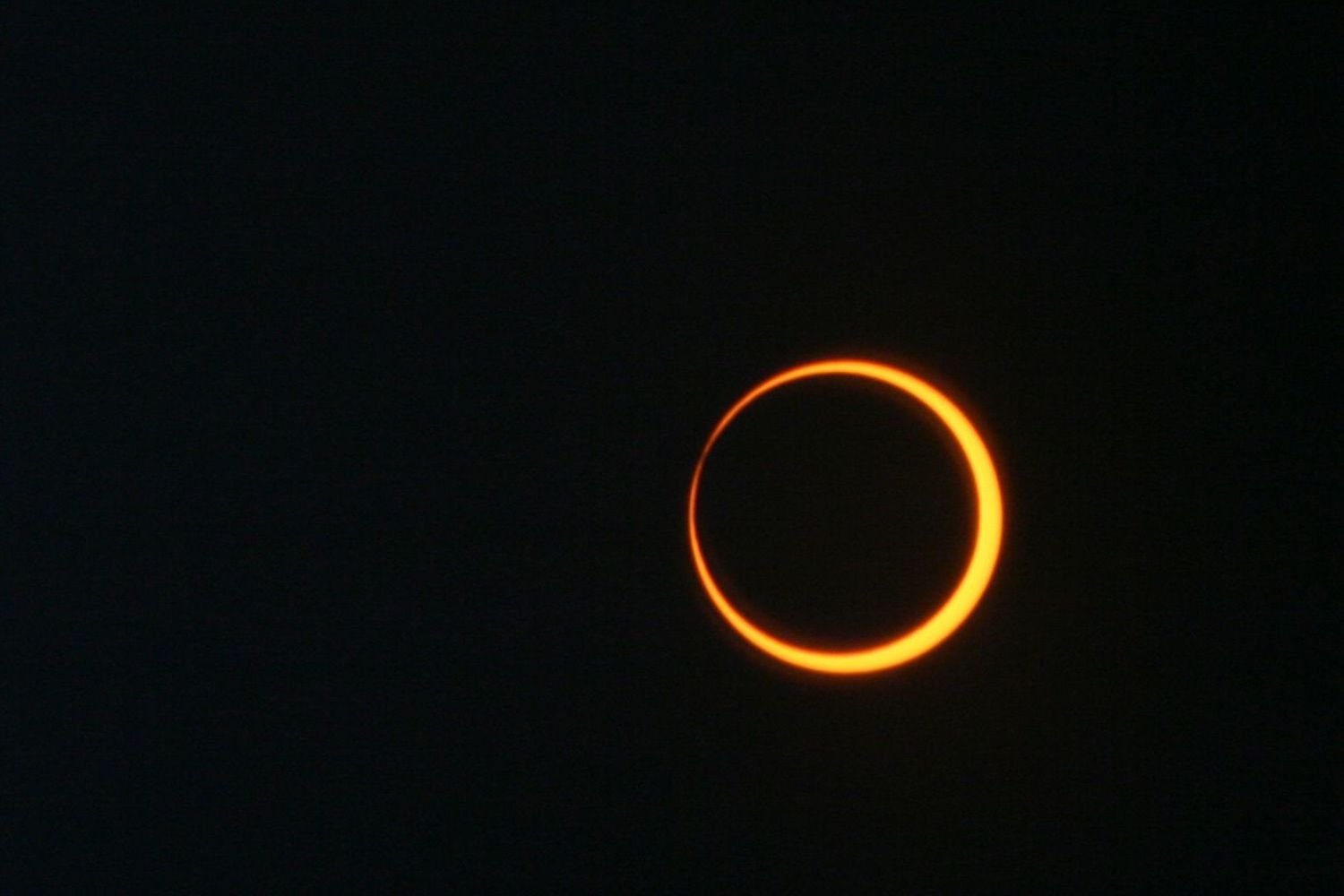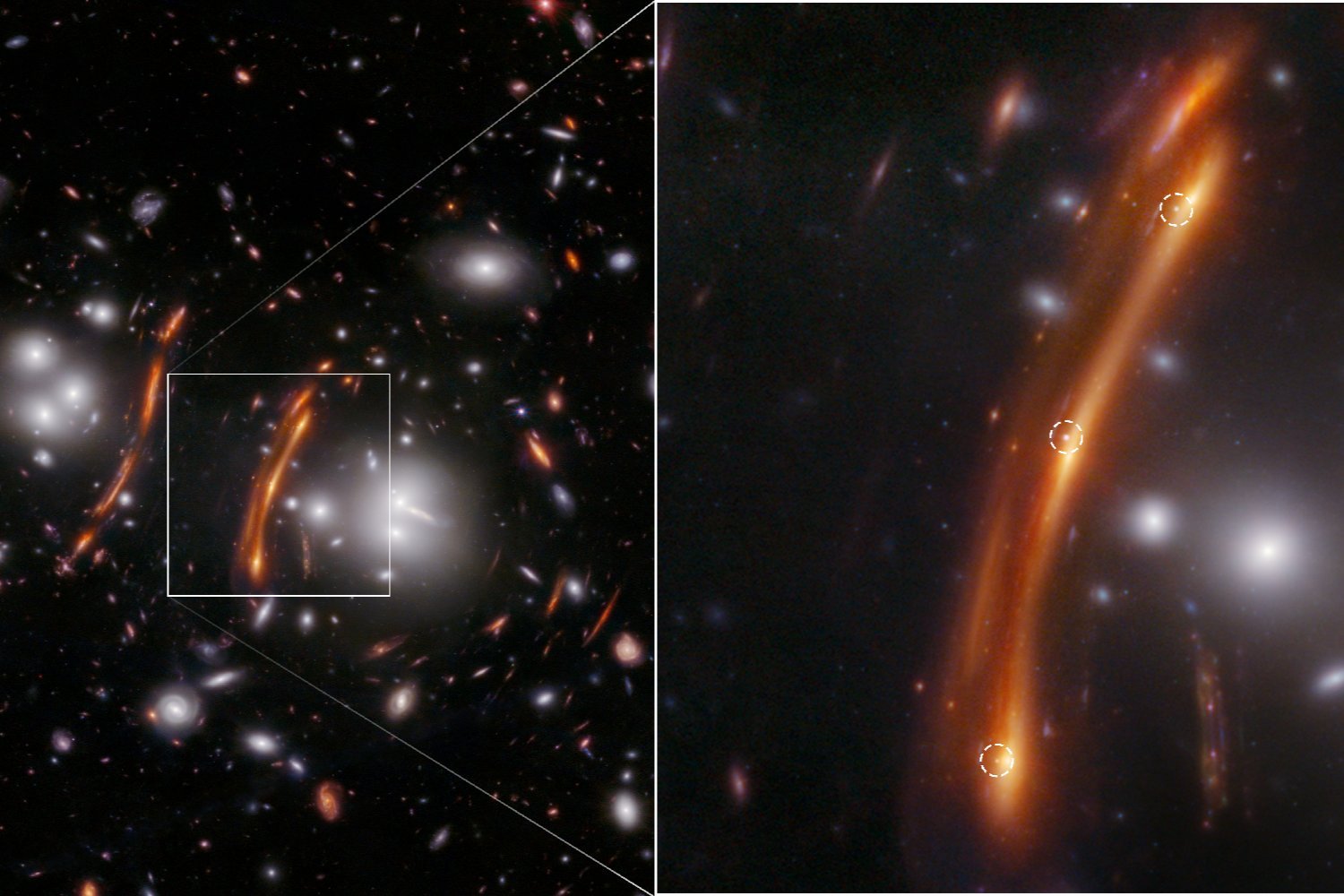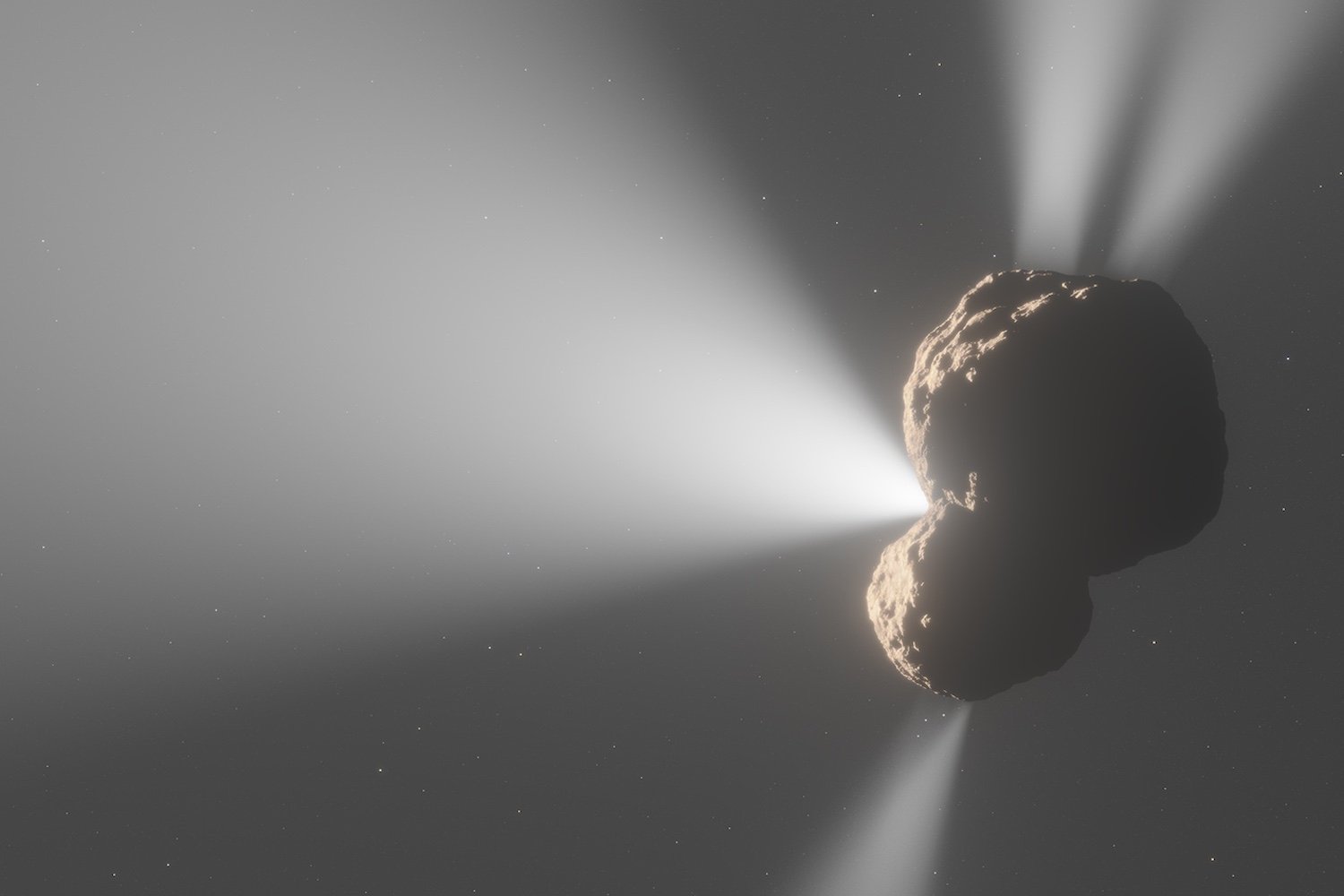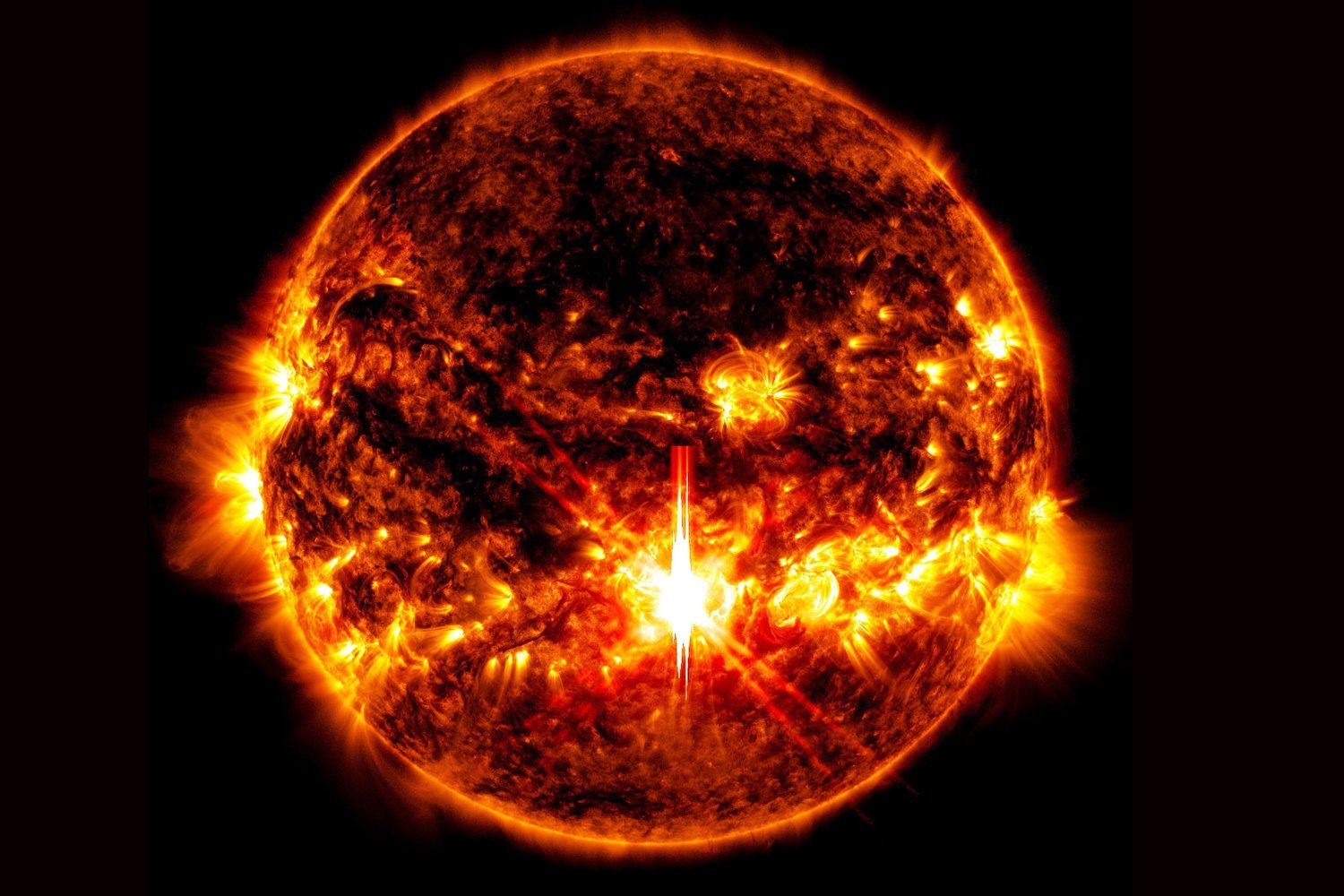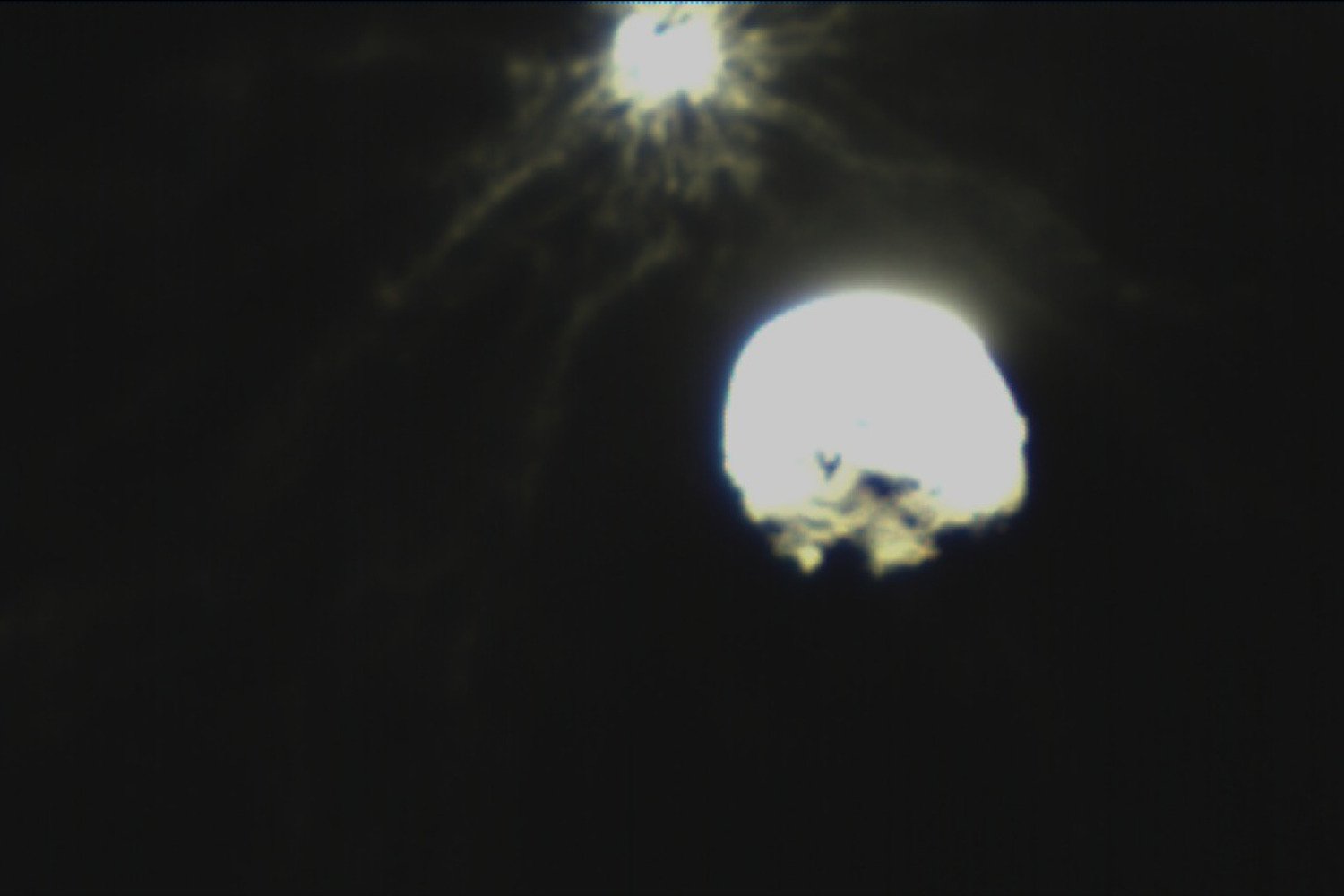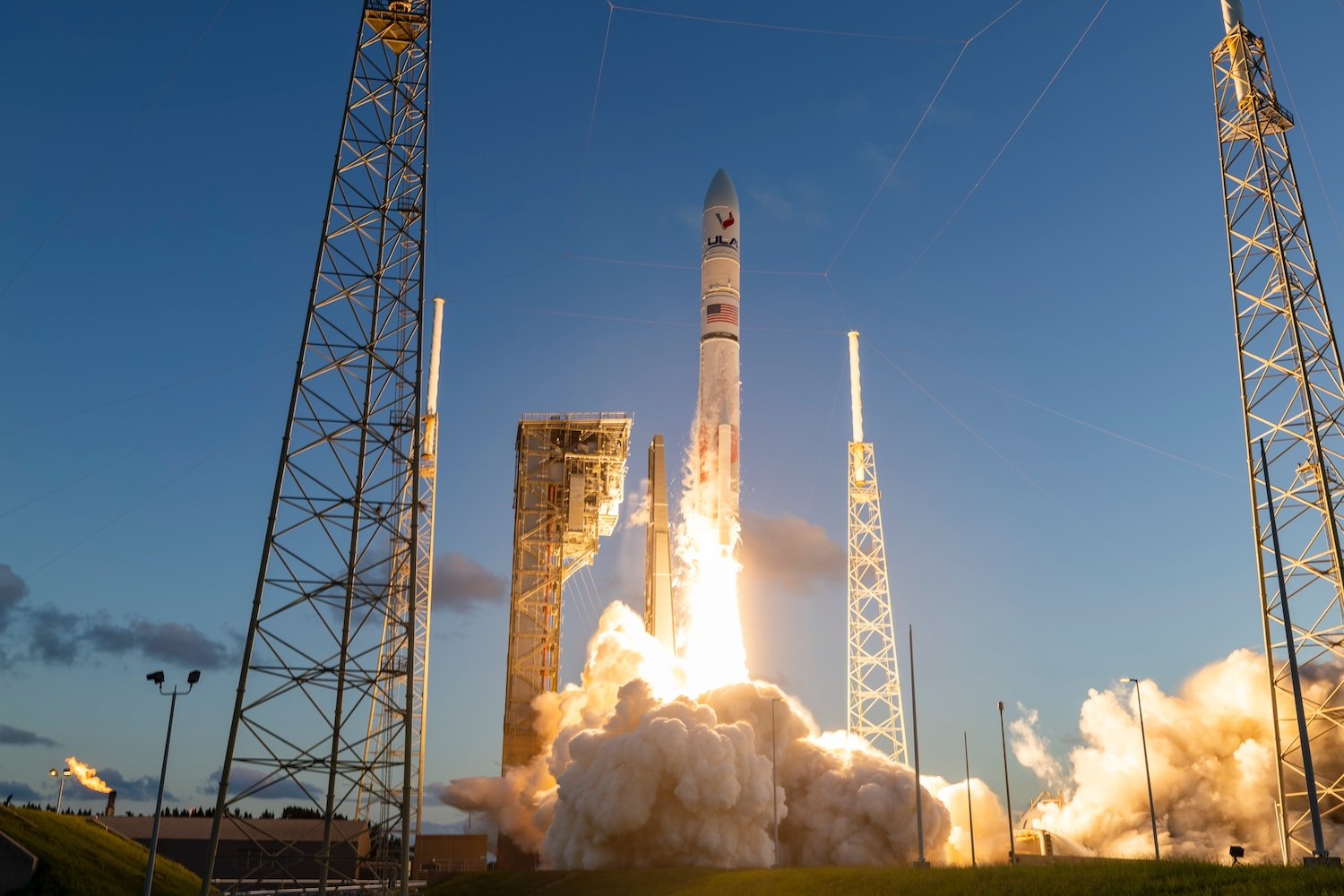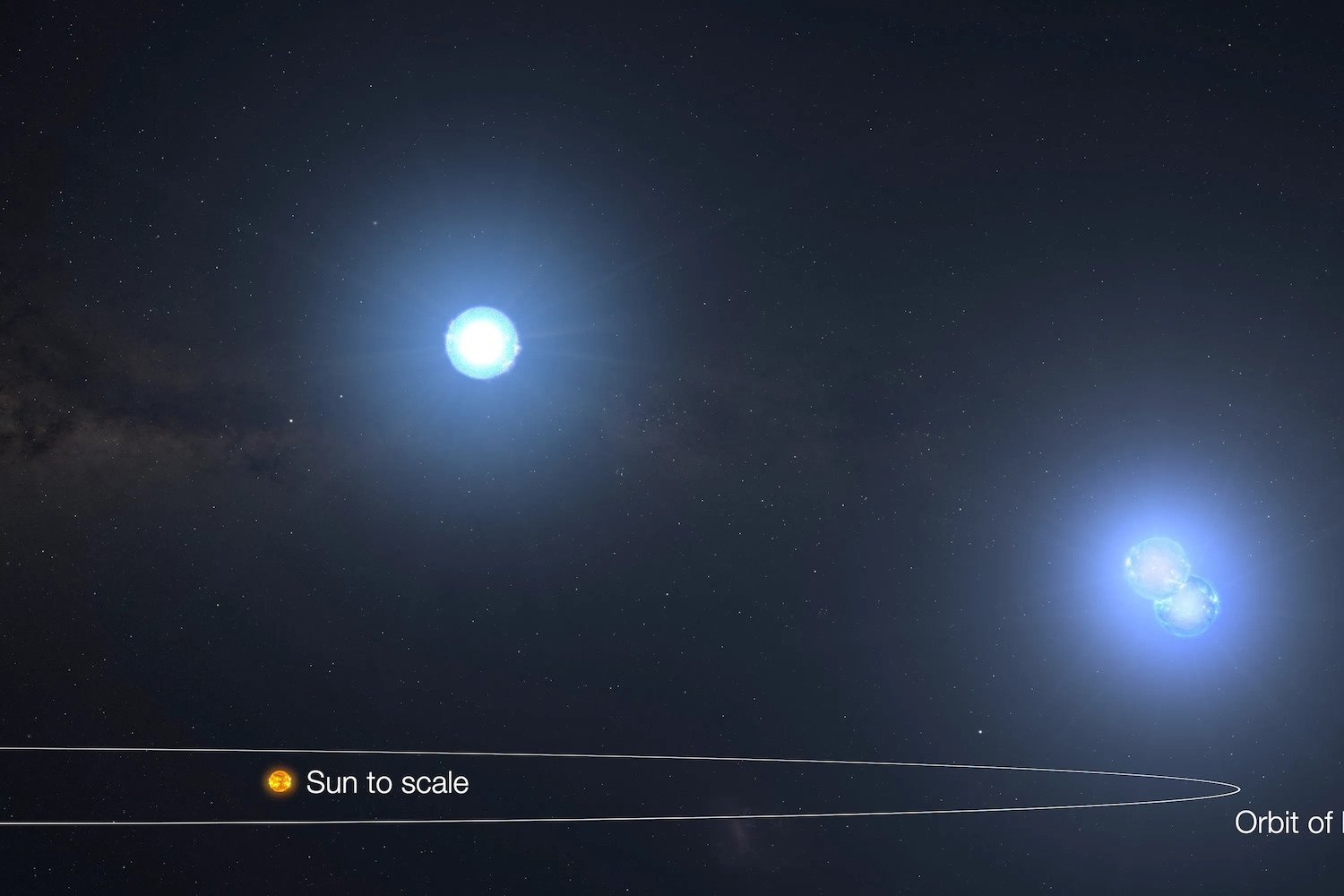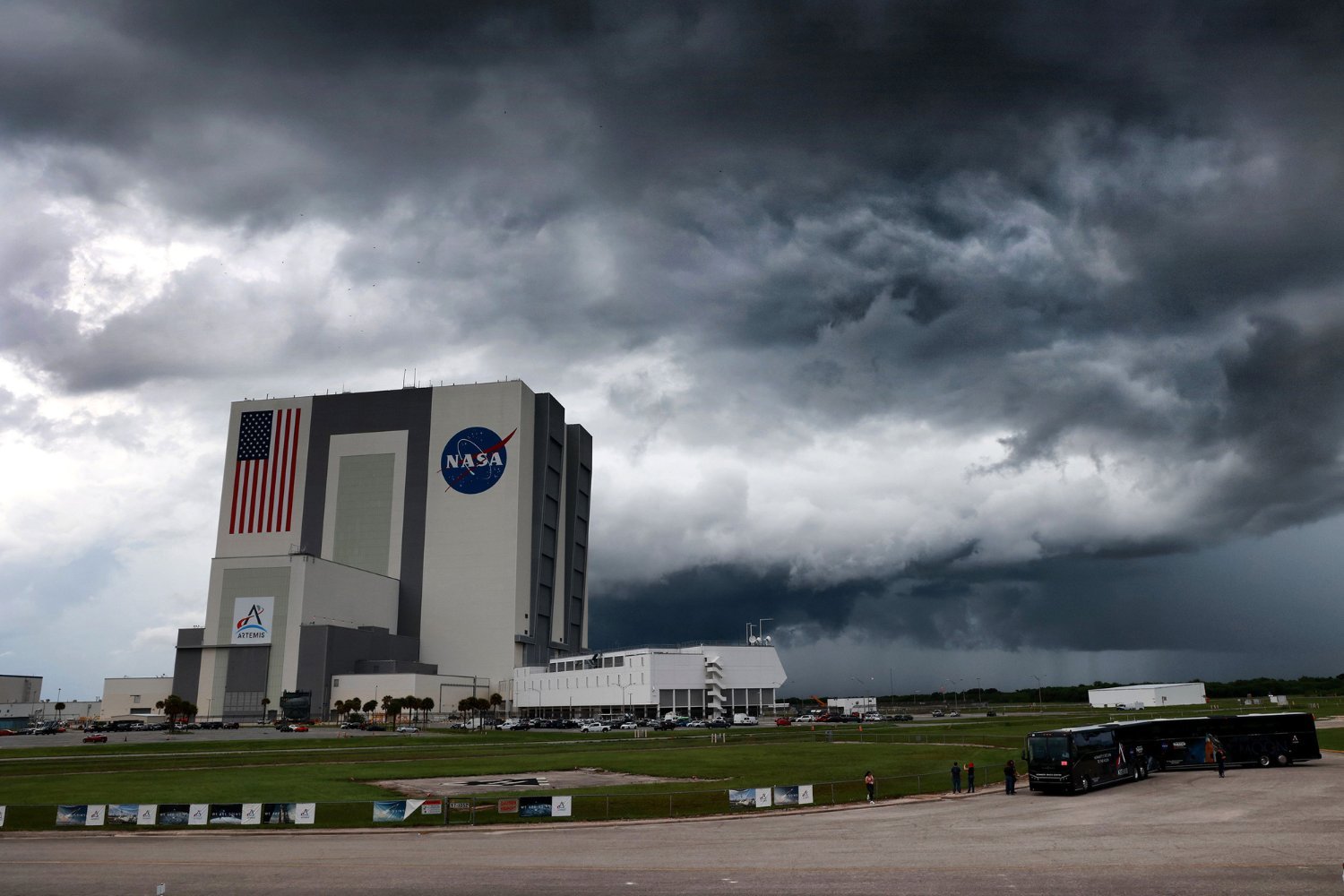Few natural phenomena rival the breathtaking spectacle of a solar eclipse. These celestial events, where the moon momentarily obscures the sun, have captivated humanity for millennia, inspiring both awe and fear. While the upcoming solar eclipse on Wednesday, October 2nd, 2024, promises a unique “ring of fire” effect, its visibility will be limited to a relatively small portion of the globe.
This October’s eclipse is an annular eclipse, not a total eclipse like the one witnessed in April. During a total eclipse, the moon perfectly aligns between the Earth and the Sun, completely blocking the sun’s light for observers in a specific path. However, in an annular eclipse, the moon is at its apogee, its furthest point from Earth in its orbit. Because of this increased distance, the moon appears smaller in the sky and doesn’t fully cover the sun, leaving a bright ring of sunlight visible around the moon’s silhouette. This “ring of fire” is the defining characteristic of an annular eclipse, with “annulus” being the Latin word for “ring.” This particular eclipse occurs just hours before the moon reaches its apogee, meaning the sun will be 86% obscured at its peak, according to EarthSky.
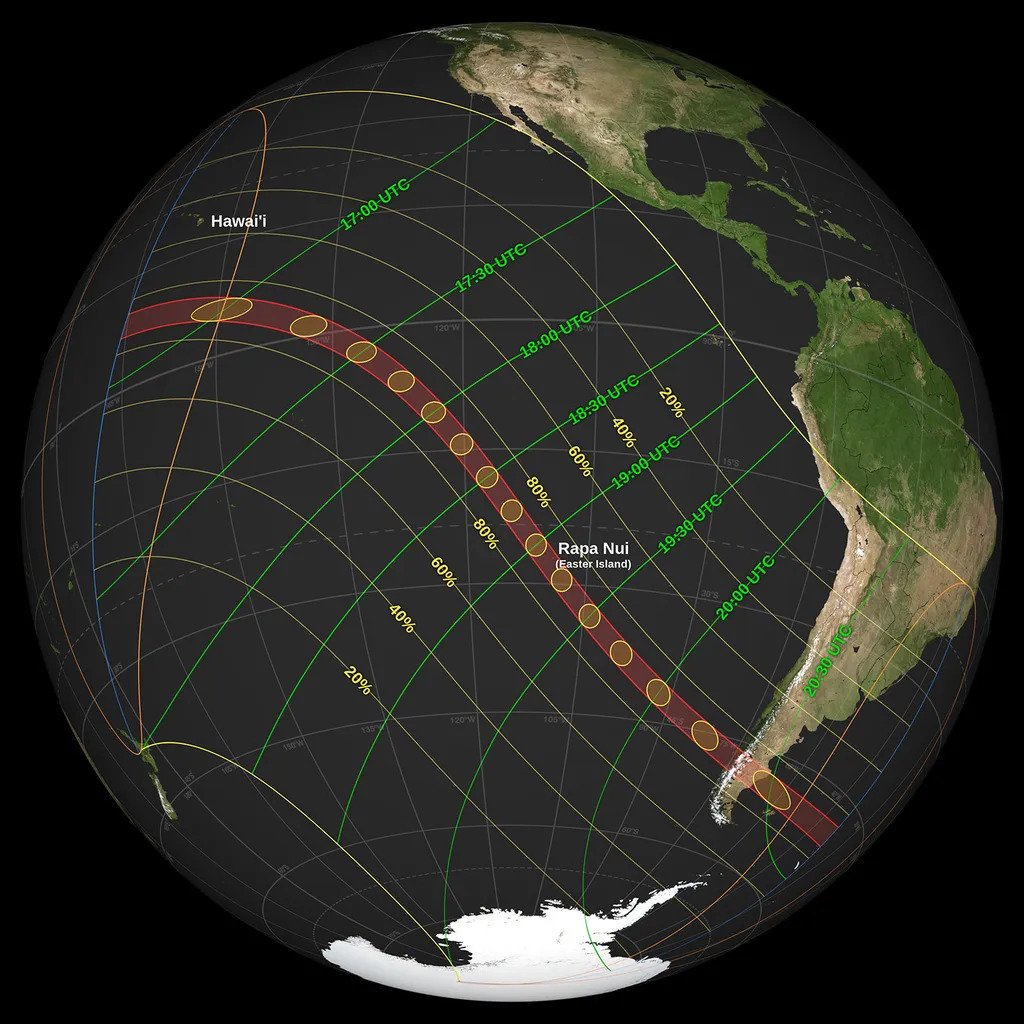 Map of October 2, 2024 annular eclipseAnnular solar eclipse path on October 2, 2024. (Credit: NASA’s Scientific Visualization Studio)
Map of October 2, 2024 annular eclipseAnnular solar eclipse path on October 2, 2024. (Credit: NASA’s Scientific Visualization Studio)
Unlike April’s total solar eclipse, which boasted an excellent viewing path across populated areas, the October 2nd annular eclipse has a less accessible trajectory. The path of annularity, where the “ring of fire” will be visible, primarily crosses the Pacific Ocean. NASA confirms that the full annular eclipse will only be visible from parts of Argentina and Chile, including Rapa Nui (Easter Island).
While a smaller number of people will witness the full annular eclipse, a partial eclipse will be visible in a broader area. Observers in a small section of western Mexico, various Pacific Islands (including American Samoa and Hawaii), and parts of South America (including Brazil, Uruguay, and Paraguay) will see the sun partially covered by the moon, giving it a crescent shape. Unfortunately, the continental United States will not experience any part of the eclipse.
The partial eclipse begins at 3:42 p.m. Coordinated Universal Time (UTC) on October 2nd, equivalent to 11:42 a.m. Eastern Time (ET). The annular eclipse becomes visible at 4:50 p.m. UTC (12:50 p.m. ET) and ends at 8:39 p.m. UTC (4:39 p.m. ET).
Even though this is a partial or annular eclipse, eye safety is paramount. Never look directly at the sun without proper eye protection. Approved solar viewing glasses or eclipse glasses are essential for safe viewing. Improper viewing can cause permanent eye damage. A safe alternative is indirect viewing. Creating a pinhole projector using a piece of card with a small hole allows you to project the eclipse’s image onto a surface, avoiding direct eye contact with the sun.
This eclipse, though limited in visibility, presents a unique astronomical event for those fortunate enough to be in its path. Remember to prioritize safety and enjoy this remarkable celestial display responsibly.



